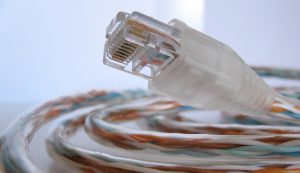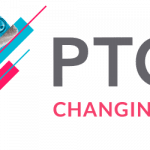 How big a deal, and in what markets, will 5G represent a chance for mobile substitution of fixed internet access? Arguably the potential changes will be greatest in markets where fixed network access is ubiquitous and there are strong competitors with a willingness to attack fixed network operators and take market share.
How big a deal, and in what markets, will 5G represent a chance for mobile substitution of fixed internet access? Arguably the potential changes will be greatest in markets where fixed network access is ubiquitous and there are strong competitors with a willingness to attack fixed network operators and take market share.
But a good argument can be made that 5G could well be a way for mobile operators to prevent the further development of fixed network access in markets where mobile is the way most people use the internet. In other words, where there is no fixed network to cannibalize, fast, affordable wireless access could provider the benefits of fixed internet networks, faster and at lower cost. In that sense, “mobile substitution” (more accurately, in some cases, fixed wireless substitution) can happen in most markets.
“Cord cutting” has affected–and is affecting–several fixed network communications products, including voice (fixed to mobile), messaging (email to text messaging) and video entertainment (linear subscription TV to on-demand TV to mobile TV).
Some believe the next big wave of cord cutting will involve internet access. To be sure, mobile internet access, in most markets, already is the most-common form of internet access. But in developed markets, it is hard to beat the economics (value for price) of fixed internet access.
That all could change as the 5G era begins, primarily because, for the first time, mobile operators will have the ability to substantially match fixed network speeds and prices. Today, in the U.S. market, mobile bandwidth can cost up to $10 per gigabyte consumed. Fixed network costs are at least an order of magnitude lower ($1 per GB or less).
Major U.S. telcos (not cable TV companies) will be the primary potential beneficiaries. Today, cable TV companies can upgrade to gigabit speeds much more affordably than telcos can, as gigabit speeds normally require upgrades to full fiber to the home networks (at least in the single-family residence portion of the market).
That is not a good business model in many, if not most cases, given the expected adoption rates. Verizon, for example, where it has operated Fios networks for some years, has gotten about 40 percent penetration. Cable TV companies tend to get 60 percent adoption rates.
That suggests an upward share limit for a well-run, well-capitalized telco competitor in a fixed network market. Stranded assets as high as 60 percent are among the chief problems as the “cost per customer” is more than double the “cost per passing.” The business model is even more challenging for overbuilders who are the number-three providers in a market.
Many believe that the ability to deploy 5G in a fixed wireless mode, with speeds between 1 Gbps and 10 Gbps, could be a game-changing development. Use of new millimeter wave spectrum, unlicensed spectrum, better radios, plus small cell architectures, could radically change bandwidth economics in the internet access business.
Among the issues are the deployment models. Millimeter wave approaches might work best for urban areas, and possibly some multi-dwelling units. But some believe rural areas are where business models might be best.
This blog was originally published on Spectrum Futures.




